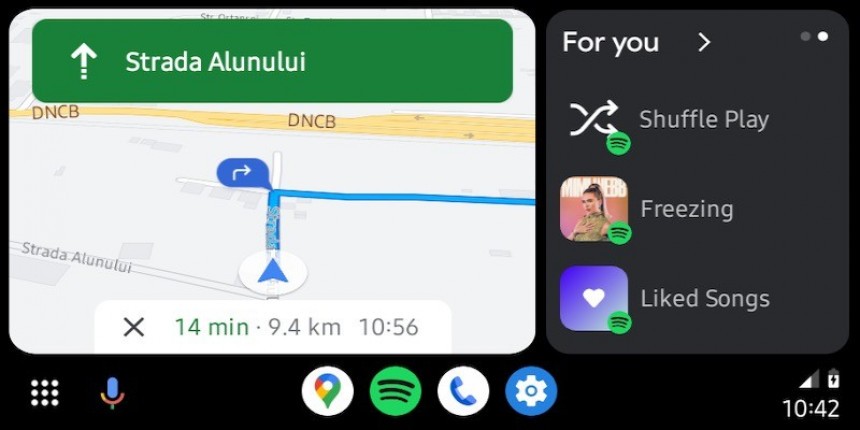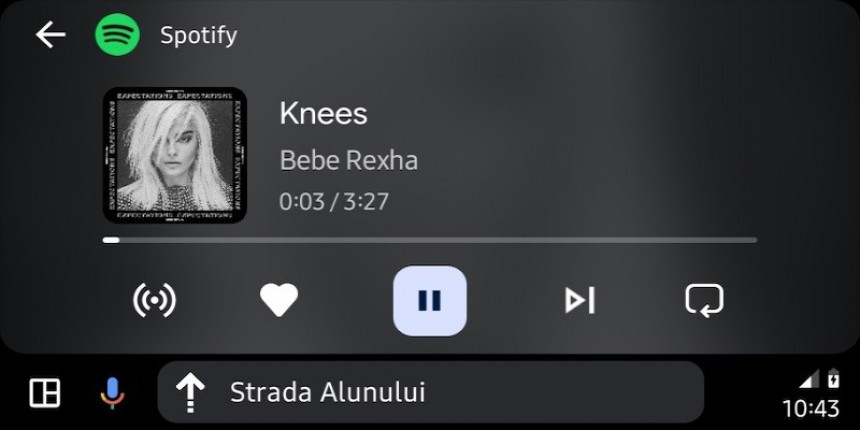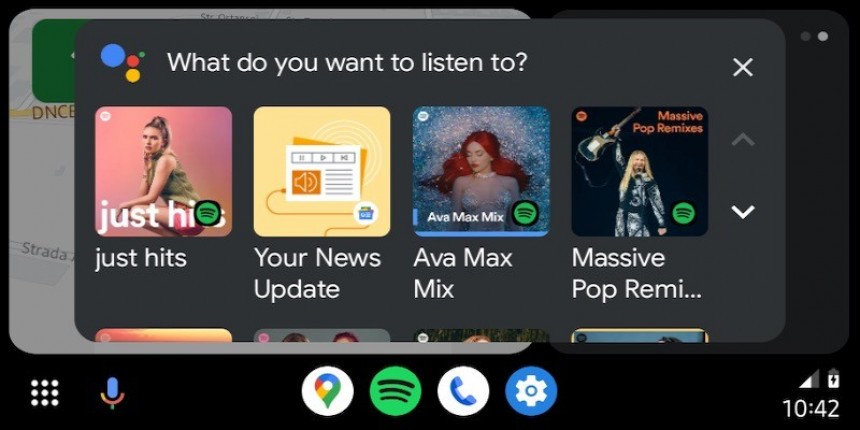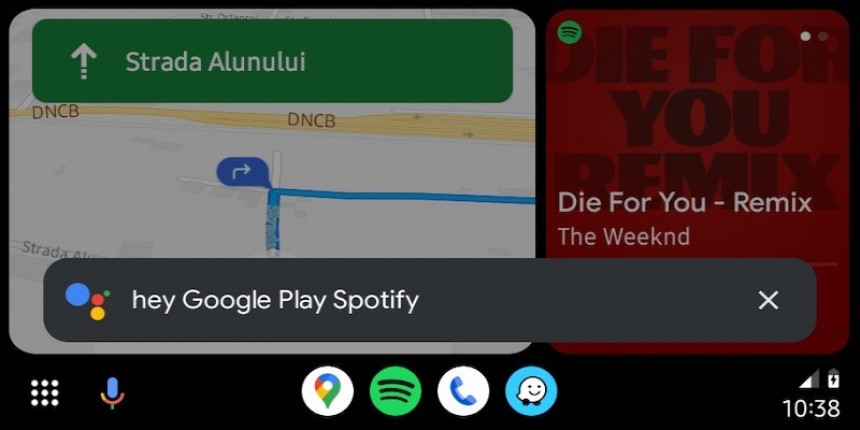Android Auto and CarPlay are here to stay, so Google and Apple can continue focusing on improving the user experience. That’s precisely what Google does right now with Android Auto.
The company is working on improving Android Auto on multiple fronts, but the most notable effort involves unlocking new app categories and capabilities.
Upgrading the messaging experience
The company’s I/O developer event didn’t witness any notable announcements for Android Auto and Android Automotive, but a session shared on the website during the conference included fantastic news for Google users.
Google is unlocking new app categories on Android Auto, including video apps, which essentially means that YouTube will finally land in the car. If you’ve been using Android Auto for a while, you probably know that YouTube is one of the most notable apps not available in the car, despite Google bringing it to Android Automotive.
The Mountain View-based search giant has been mainly tight-lipped about its efforts to improve Android Auto, but it looks like it’s also working on upgrading the messaging experience offered to users who connect their Android devices to their vehicles.
Google is working on a new Communications category, and the company says it wants to expand the Messaging category with new capabilities, including “message history and calling experience.”
Google doesn’t detail how exactly these new features will work, but it’s safe to assume that the message history will allow you to access existing conversations and continue from where you left off before getting in the car. The calling experiences probably involve more messaging apps with built-in call support coming to Android Auto. VoIP apps will also land in the car.
More apps coming to Android Auto
As I exclusively reported during I/O, Google wants to unlock more app categories on Android Auto, including browsers, games, and video.
If you’ve used Android Automotive, you probably know that all three are already available in cars with Google built-in, so the search giant now wants to bring them to Android Auto, powered by a Google phone.
While the video category will probably be populated by YouTube, Amazon, and other video streaming platforms, which will only be allowed when the vehicle is parked for safety reasons, the browsers category will include Google Chrome, Vivaldi, and possibly other apps whose developers want to expand to the car.
Browsers will allow users to navigate the web from the Android Auto display, and if your car comes with a large screen, the benefit compared to a mobile phone is obvious. Browsing will only be permitted when the vehicle is stationary and will be blocked automatically when it starts moving. Like gaming and video, browsers will be useful mainly when you wait to charge the car or pick up the kids from school.
Like all other apps running on Android Auto, the newcomers will be based on templates developed by Google specifically for a consistent car-optimized experience. It’s unclear how these apps will look, feel, and work, but the templates will eventually create more consistency across all apps in the same category, somehow limiting their capabilities.
The other big project that will provide users with an avalanche of apps on Android Auto consists of Google scanning apps built for large screens to determine compatibility with vehicle software requirements.
In plain English, apps built for large screens and published on the Google Play Store will be reviewed by Google to determine if they have what it takes to run in the car. If they meet certain criteria, these applications will become available on Android Auto and Android Automotive without further updates from their developers. If they don’t, developers can update their apps to meet the requirements and release them for car-optimized experiences.
The project has already started with developers who wanted to opt in, but Google says it’ll eventually start automatically reviewing all apps.
More developers are also interested in coding for Android Auto, mainly as Google’s car-optimized platform enjoys growing adoption. The benefit is obvious, as these developers can increase their number of users and keep them connected beyond the mobile device, something that wouldn’t be possible without a driving-optimized experience.
Google has so far shared only limited information on the app revolution happening on Android Auto, but we should find more details in the coming months as we approach the big moment when the first apps in these categories will go live. Google did not share an ETA as to when the rollout is projected to start.





